An analysis of global plastic data over the past four decades, published in the journal PLOS ONE, found that there’s now an estimated 170 trillion plastic particles — more than 2.2 million tons — floating in the world’s oceans. That number saw a sharp increase in the past 15 years, dovetailing, the researchers found, with ineffective global policies to reduce plastic waste. If we don’t act, the amount of plastic that’s there now could more than double by 2040. Click through for a view of what all that plastic actually looks like.
Our Plastic Addiction Is Increasing
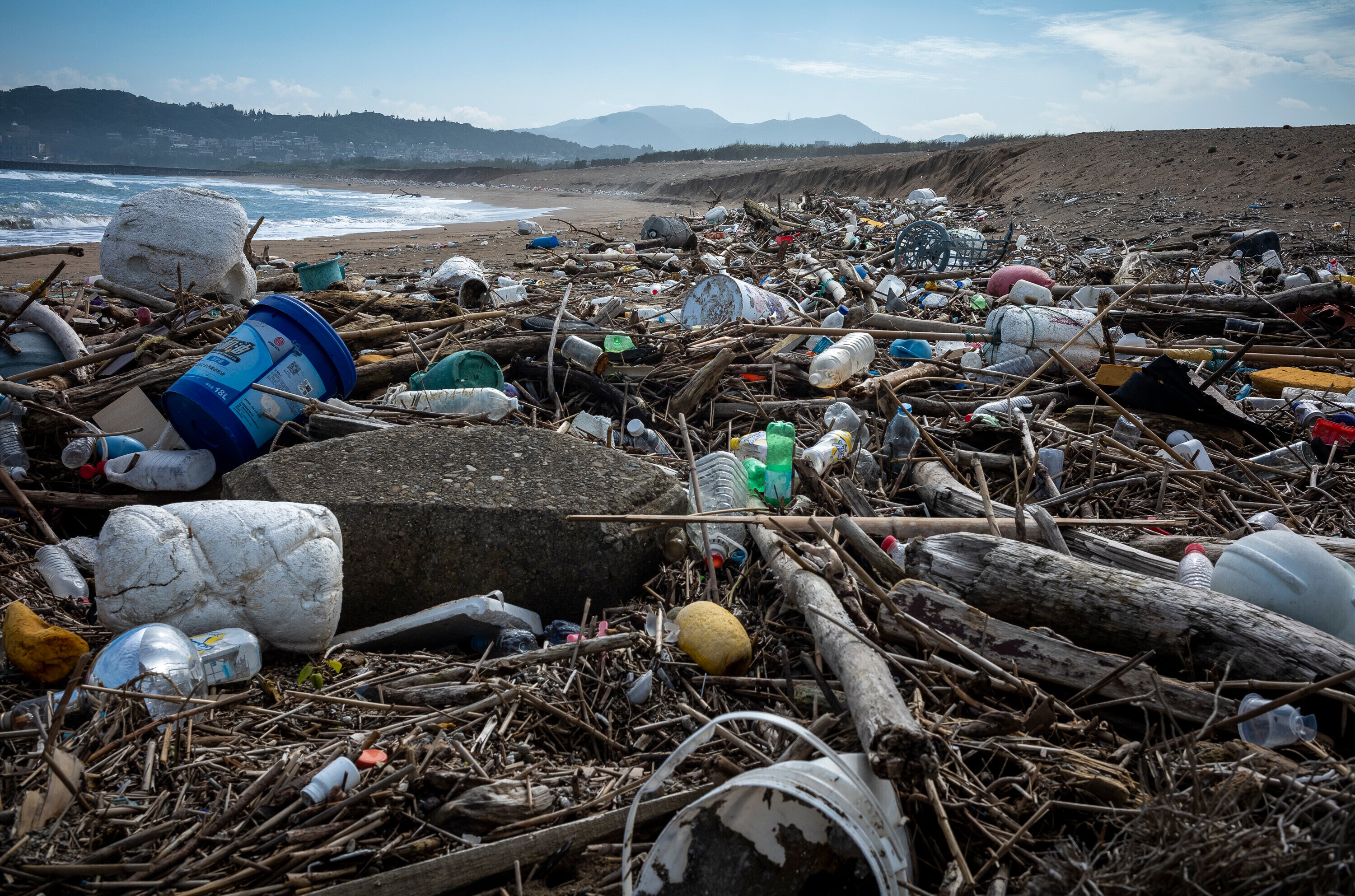
The world’s plastic addiction is terrifying: plastic production has increased fourfold since the 1980s, and only 9% of that plastic is recycled, according to OECD data. Industries, including oil and gas, which saw a burgeoning new market for their product, are responsible for much of this increase and lack of solutions, as they worked behind the scenes to push policies that emphasised individual action rather than corporate responsibility.
New Research Shows Ocean Impact
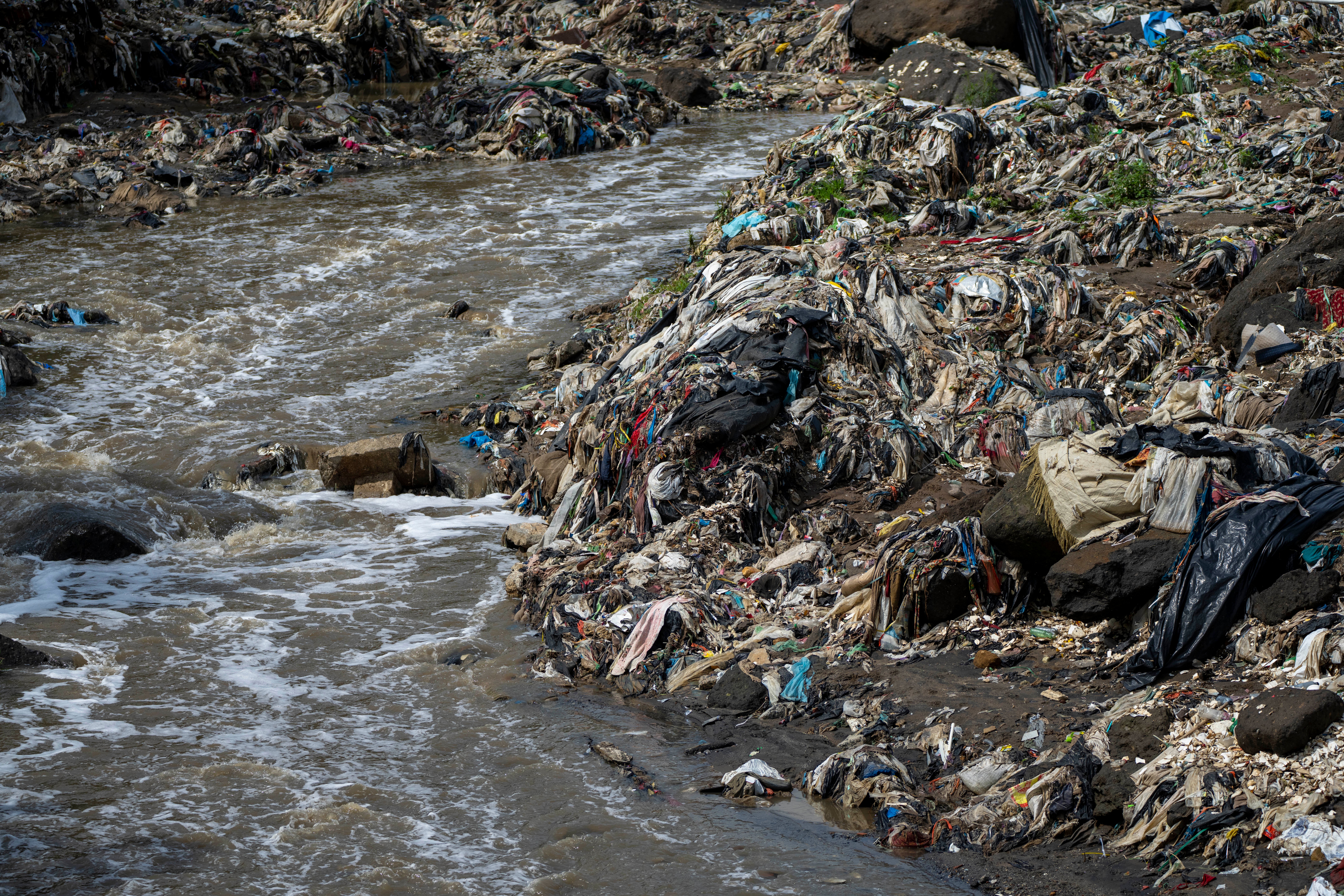
The new research, conducted by a group of scientists and organised by the 5 Gyres Institute, an environmental nonprofit, is an update of an initial analysis of plastic pollution published in 2014, which measured 5 trillion particles in the ocean. This update to that study analysed reams of data — some previously published, some new — from more than 11,000 samples to get a number on just how much trash is floating in the ocean.
How Do You Count Ocean Plastic?
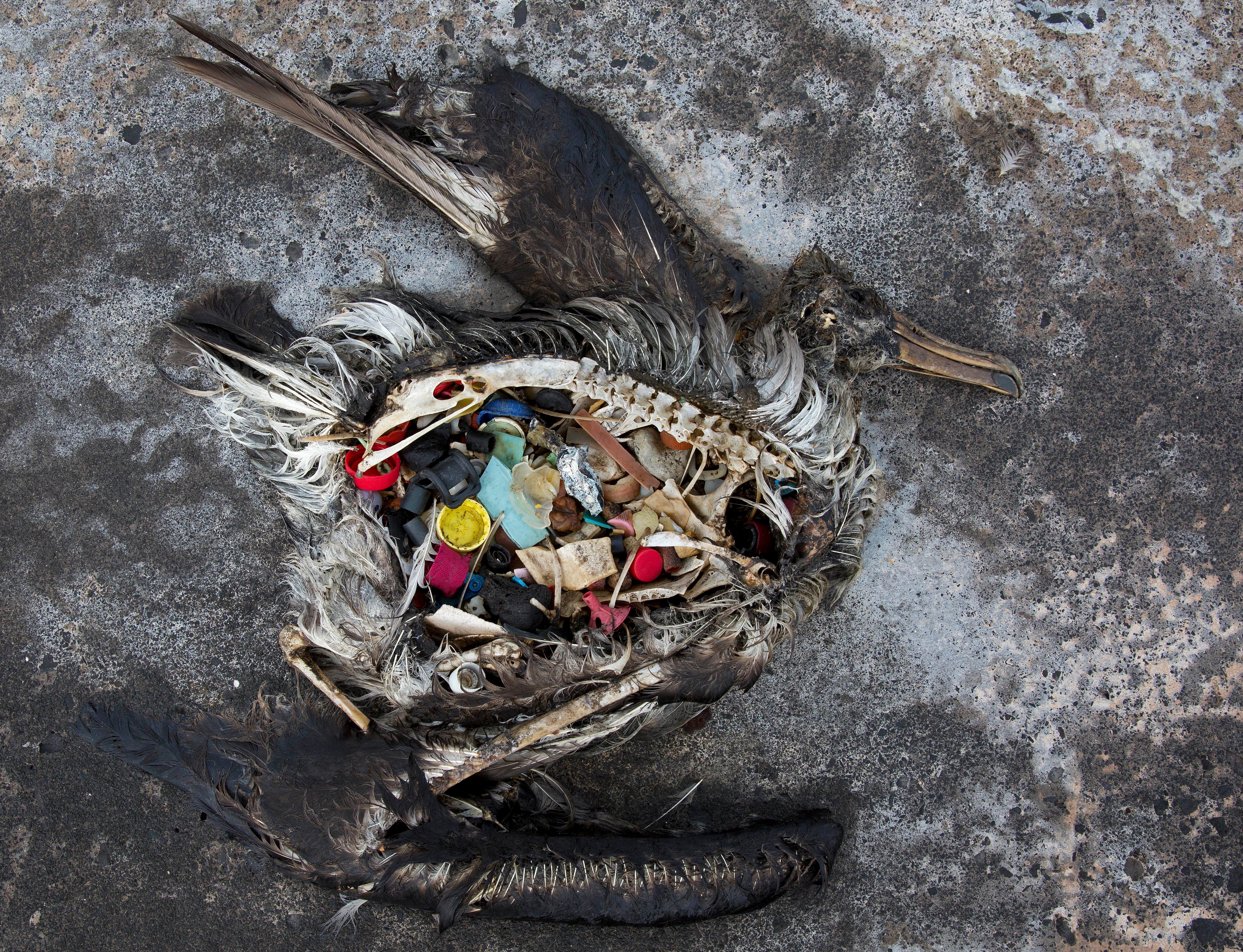
Getting a grasp on how much plastic is in the ocean is an extremely tough job. As the paper outlines, there’s a lot that can happen to a piece of trash once it gets into the ocean, and much of it breaks down into smaller and smaller particles that can get eaten by wildlife or sink into deeper ocean layers.
“The ocean is a complex place,” Lisa Erdle, director of research and innovation at the 5 Gyres Institute and an author on the report, told CNN. “There are lots of ocean currents, there are changes over time due to weather and due to conditions on the ground.”
Surveying Oceans

Still, there are a number of datasets available and techniques for surveying plastic in what’s known as the ocean surface layer going back decades. The data were collected using different trawling mechanisms and nets dragged behind boats through the ocean’s top layer.
Plastic Pollution Shoots Up After 2005
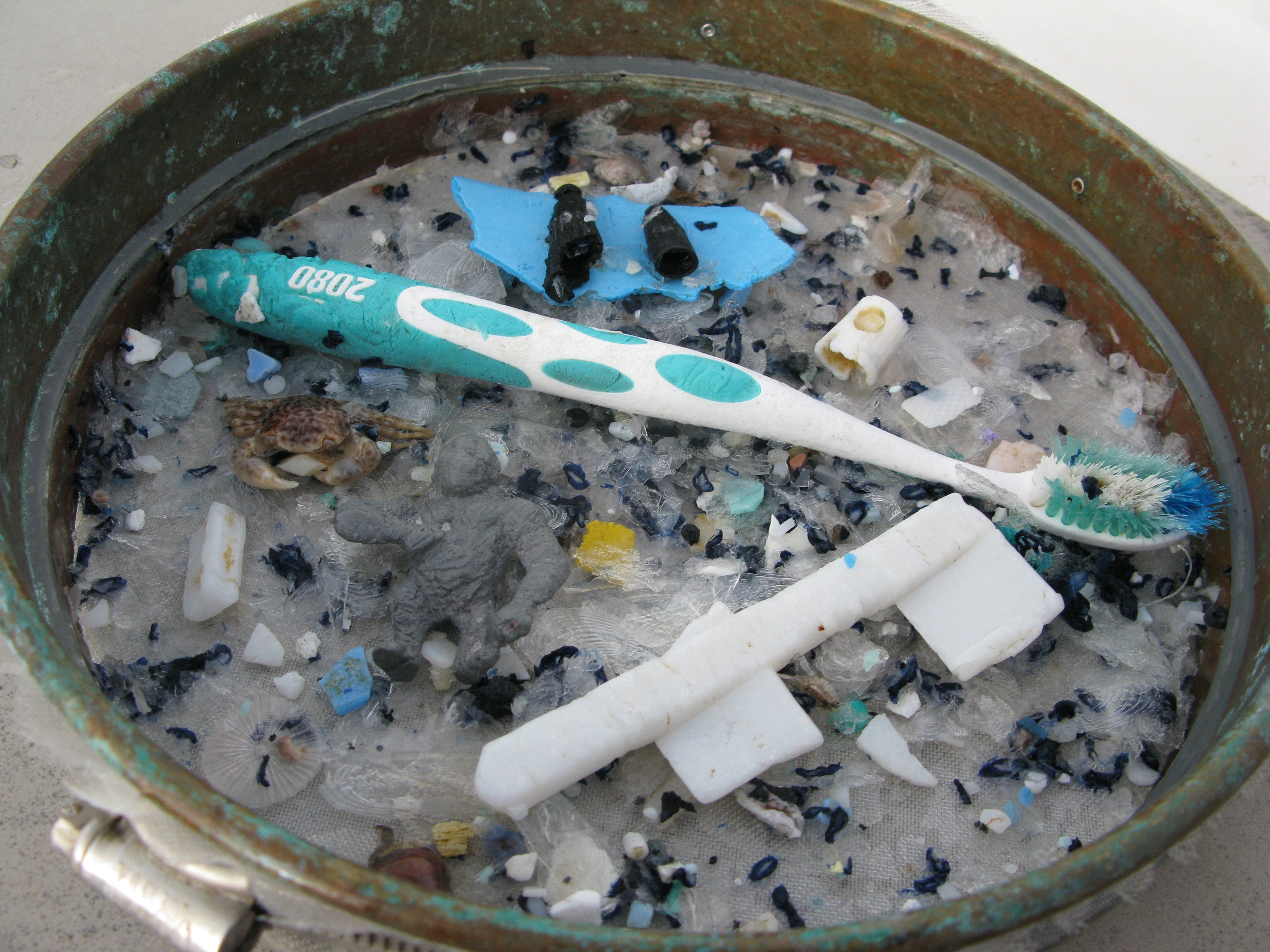
For this research, the scientists analysed available datasets between 1979 and 2019, taken from locations around the world, to get an estimate of just how much trash is floating around in the top layer of the ocean — known as the ocean surface layer, a region around 650 feet (200 meters) deep. They found that the 1990s to the late 2010s gave the best sample coverage and that, until 2005, “concentrations of plastic fluctuate[d].”
However, there was an observed steep increase in the concentration of plastic in the ocean after 2005; this corresponds, the researchers note, to separate data taken on plastic trash on beaches. The possible reasoning for this increase, the authors say, is probably due to “policy interventions, plastic production, fragmentation of existing floating plastic, and/or waste management and trade.”
Correlates With Policy

As the paper explained, the data the scientists tracked corresponds chronologically with certain types of international policies and law. During the 1970s and 1980s, marine laws against dumping trash in the ocean were legally binding and came with substantial fines for violations. In the 1990s, policies began to get looser; policies passed after 2005, when the spike in plastic increased, have been by and large “fragmented, favour business-oriented solutions, lack specificity, and do not include measurable targets,” the study concludes.
We ‘Need Healthy Oceans for a Livable Planet’
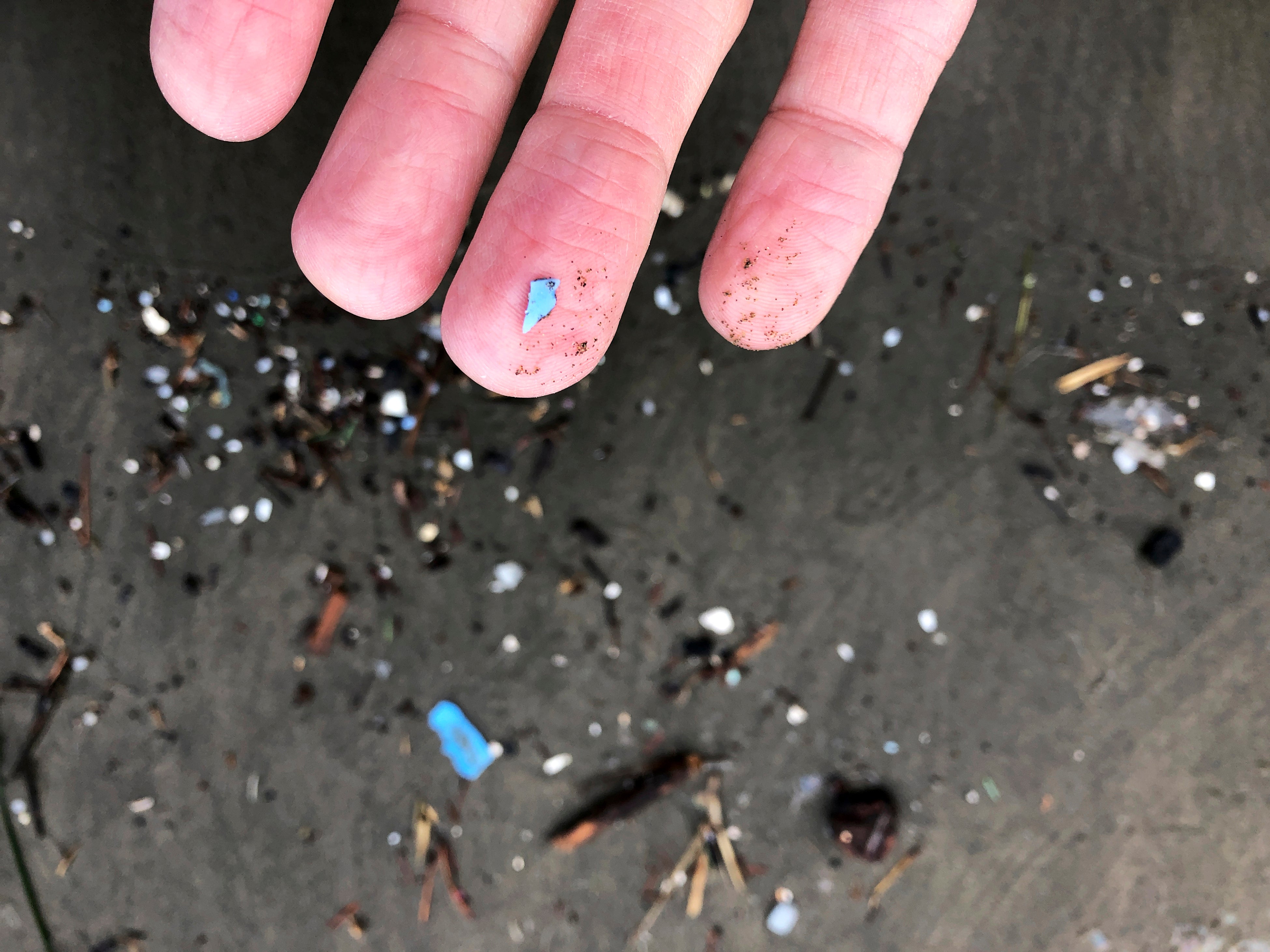
At the rate that plastic is being dumped in the oceans, the paper concludes, the amount of plastic there will increase by 2.6 times by 2040 if significant policy shifts don’t occur.
“We know the ocean is a vital ecosystem and we have solutions to prevent plastic pollution. But, plastic pollution continues to grow and has a toxic effect on marine life,” Edward J. Carpenter, a coauthor of the paper and a professor of estuary and ocean science at San Francisco State University, who published the first ever paper on plastic on the ocean in 1972, said in a release. “There must be legislation to limit the production and sale of single-use plastics or marine life will be further degraded. Humans need healthy oceans for a liveable planet.”
